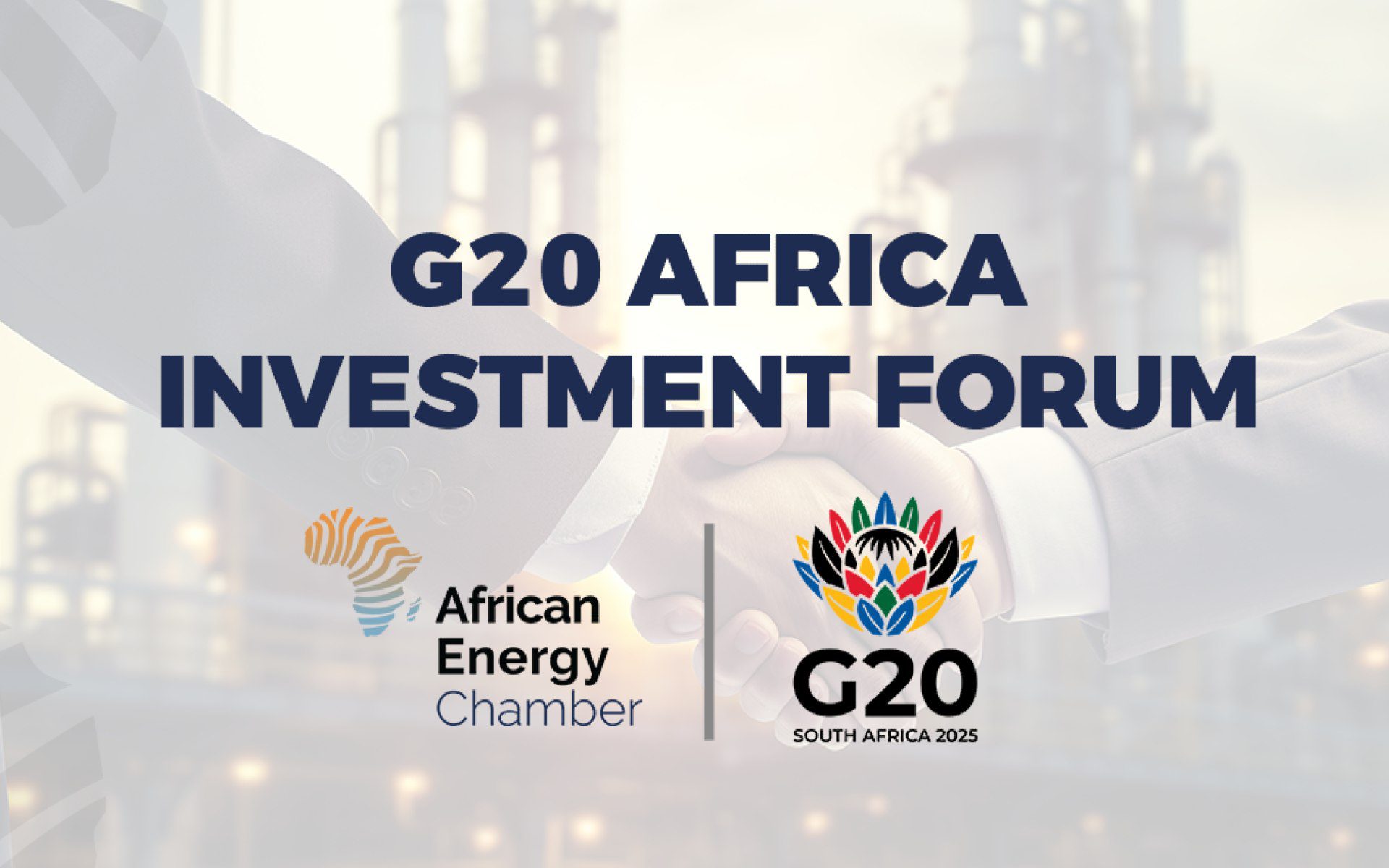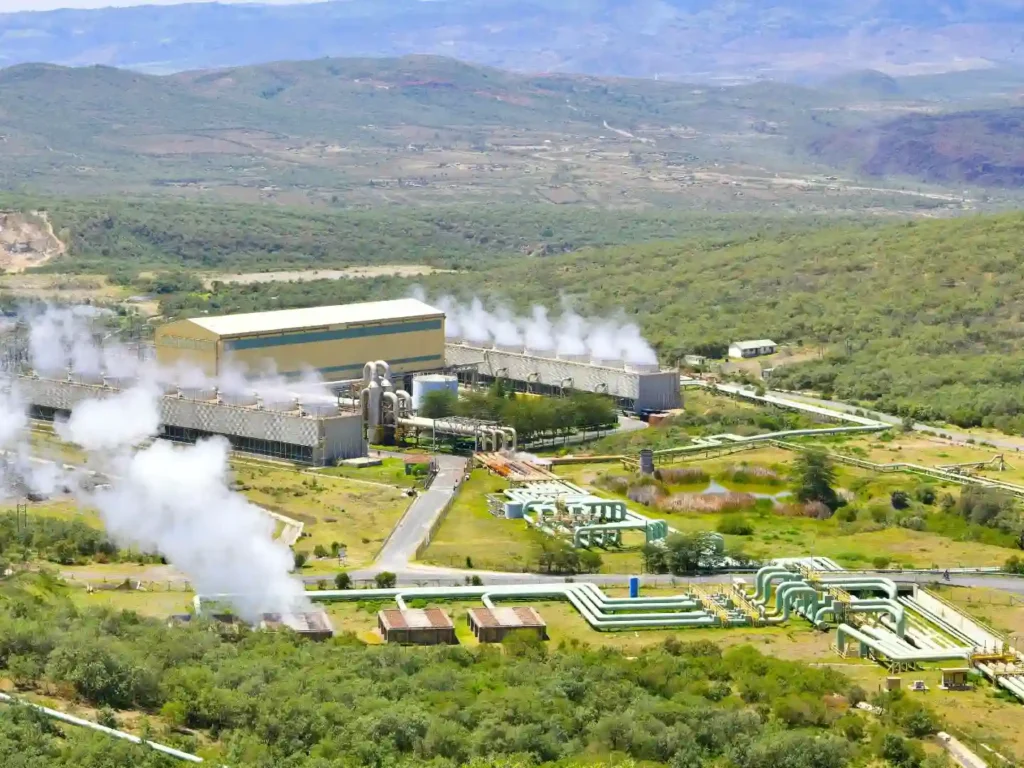
Monday 20th October 2025

by inAfrika Newsroom
Kenya launched construction of a KSh19.37 billion ($150 million) electric-vehicle plant at Olkaria, anchoring industrial growth on geothermal power, officials said. The facility, led by Aquilastar Corporate Investment with UAE backing, will rise inside KenGen’s Green Energy Park. Moreover, the project targets annual output of 50,000 units and thousands of jobs, tying manufacturing to clean baseload.
Developers said the EV complex will create about 3,000 direct and 10,000 indirect jobs and benefit from reliable steam-powered electricity. In addition, KenGen’s 845-acre park offers industrial plots linked to the national grid and to geothermal wellheads. Consequently, predictable energy costs could sharpen Kenya’s competitiveness in regional auto supply chains.
KenGen’s geothermal plants supply roughly 799 MW, giving manufacturers stable, low-carbon power that reduces fuel volatility. Furthermore, Kenya has expanded Olkaria’s capacity through new units and wellhead generators, reinforcing supply to nearby industry. Therefore, siting EV assembly in Olkaria aligns production with Kenya geothermal EV ambitions and national climate targets.
Officials said the Special Economic Zone status will complement green power with tax incentives and logistics support. Meanwhile, the plant’s localisation goals aim to grow a domestic ecosystem for batteries, parts and charging equipment. In addition, lower oil import needs would ease pressure on the current account over time, economists said.
Why it matters: pairing manufacturing with geothermal reduces carbon intensity and outage risk, improving product quality and uptime. Moreover, Kenya geothermal EV production could stimulate allied services—tooling, software, after-sales—and catalyse charging networks along freight corridors. However, supply chain depth, standards and export access will determine how fast output scales.
KenGen executives said they are refurbishing assets to ensure uninterrupted supply as new tenants connect to the park. Consequently, the EV project becomes an early test of the Green Energy Park model as a magnet for green industry. In addition, developers cited potential fuel-import savings as EV adoption expands in fleets and public transport.
Regional peers will watch procurement of chargers, grid interconnections and workforce training. Meanwhile, policy consistency—on incentives, safety, and energy tariffs—remains crucial to protect margins in the first production years. Therefore, aligning standards with export markets could unlock scale and reduce unit costs.
If timelines hold, the plant should ramp output after commissioning and feed domestic and regional demand. Moreover, the Kenya geothermal EV model—co-locating factories with firm, renewable power—offers a template for other Rift Valley hubs. For investors, Olkaria now reads as a live case of industrial decarbonisation in Africa.


